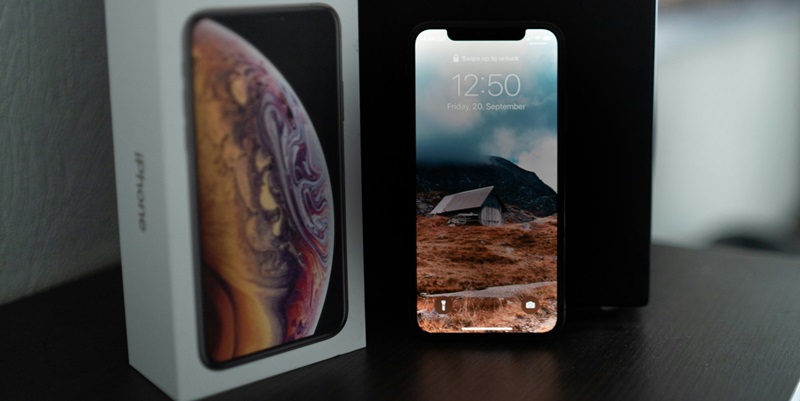When Apple launched the iPhone XS in September 2018, it marked yet another milestone in the company’s storied history of blending cutting-edge technology with sleek design. The iPhone XS carries the torch from its impressive predecessor, the iPhone X, by enhancing key features while maintaining the iconic look that has come to define Apple’s flagship device. With a 5.8-inch OLED screen delivering an impressive 2436 x 1125 pixel resolution, the visuals on the iPhone XS are nothing short of stunning. The immersive display is powered by the A12 Bionic processor, a noteworthy step up from the A11, ensuring that every swipe and tap leads to a smooth and responsive experience.
Under the Hood: Performance and Power
The Heartbeat of the iPhone XS: A12 Bionic Processor
The A12 Bionic chip is truly the heart of the iPhone XS, giving it the muscle to handle sophisticated apps and graphics-intensive games with ease. This leap forward in processing capability means that users can expect faster performance across the board. Whether you’re editing videos, juggling multiple tasks, or using augmented reality applications, the A12 Bionic processor is designed to handle it all without skipping a beat. In addition, Apple’s move to a larger maximum storage option of 512GB ensures that even the most demanding users will have ample space for all their photos, videos, and apps.
Display and Design: A Sight to Behold
The design philosophy of the iPhone XS stays true to the sleek and modern aesthetic that has become synonymous with Apple’s products. The large OLED screen of the iPhone XS is a testament to this philosophy, providing users with a vivid and engaging visual experience. The device retains the core design elements that the iPhone X introduced but builds upon them to improve durability and resistance to the elements. With an IP68 rating for water and dust resistance, the iPhone XS is equipped to handle the challenges of daily life, ensuring that minor accidents don’t turn into major disasters.
Comparing Generations: iPhone XS and iPhone 7 Plus
Battery Life and Camera Systems
While the iPhone XS boasts a 2716 mAh battery, it slightly undercuts the iPhone 7 Plus, which has a 2900 mAh battery. Despite this, the enhanced efficiency of the A12 Bionic chip means that the iPhone XS can still maintain competitive battery life. The camera systems also highlight the generational leap, with the iPhone XS featuring a dual 12-megapixel rear camera setup and a 7-megapixel front camera, perfect for capturing high-quality photos with richer color and greater detail than what the iPhone 7 Plus could achieve.

